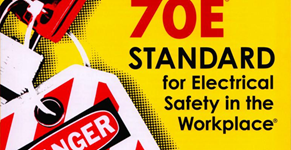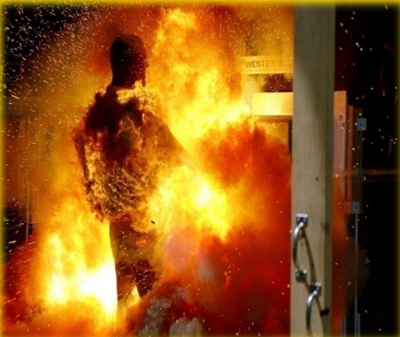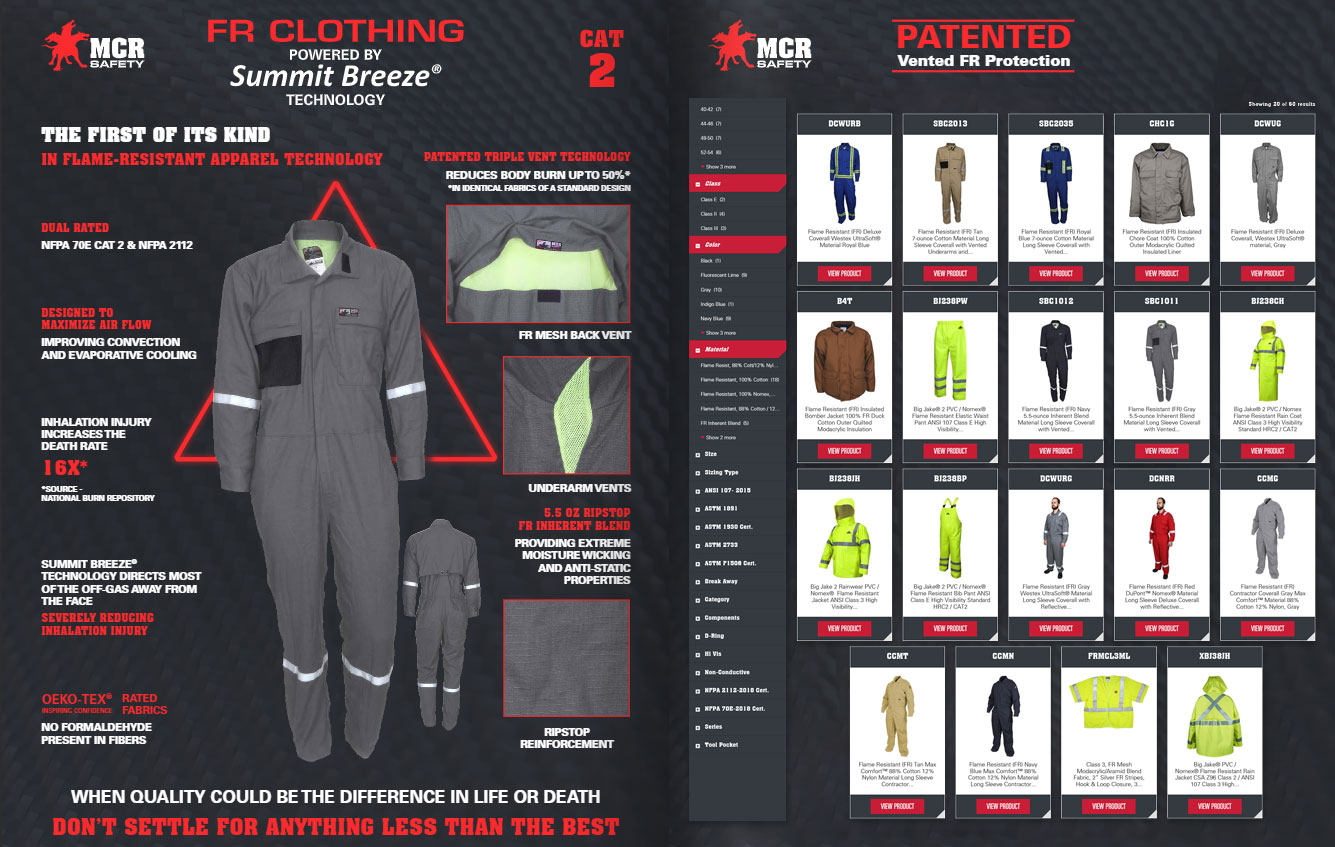

NFPA 70E is a safety standard established by the National Fire Protection Association (NFPA). It addresses electrical safety and designates Hazard Risk Categories (HRC) based upon a range of occupational duties.

The Occupational Safety and Health Act of 1970 requires employers to provide a workplace free from recognized hazards that can cause death or serious physical harm. For electricians who are working around conductors and equipment, that hazard is electricity: electric shock and execution, arc flash, and arc blast.

Arc Flash
The Occupational Safety and Health Administration (OSHA), highlighted here, relies on the standards outlined by NFPA 70E to ensure electrical safety. This standard is the primary resource for electrical safety in the workplace and it addresses safety-related work practices during activities such as:
As it pertains to Personal Protection Equipment (PPE), NFPA 70E section 130.7 (C) (5) states, “Employees working in areas where electrical hazards are present shall be provided with, and shall use, protective equipment that is designed and constructed for the specific part of the body to be protected and for the work to be performed.”
As mentioned above, one deadly electrical hazard all electricians encounter is arc flash. This is an electric discharge that travels through the air between conductors or from a conductor to a ground. The resulting explosion can cause fires and serious harm to both equipment and people.
For more on electric arc performance, click here.
For those who require a little bit more technical FR information, such as FR fabrics and FR standards, you’ll notice below links to our FR Knowledge Center. You can directly navigate to the resource page for that specific topic from here.
You’ll also notice below an image to our entire online FR Clothing catalog! Click the image to start viewing our FR product assortment and begin filtering products to your specific needs. From here, you can also jump directly to MCR Safety gloves, MCR Safety glasses, and MCR Safety Hi-Vis garments.
Click one of the links below to learn more about that topic.

